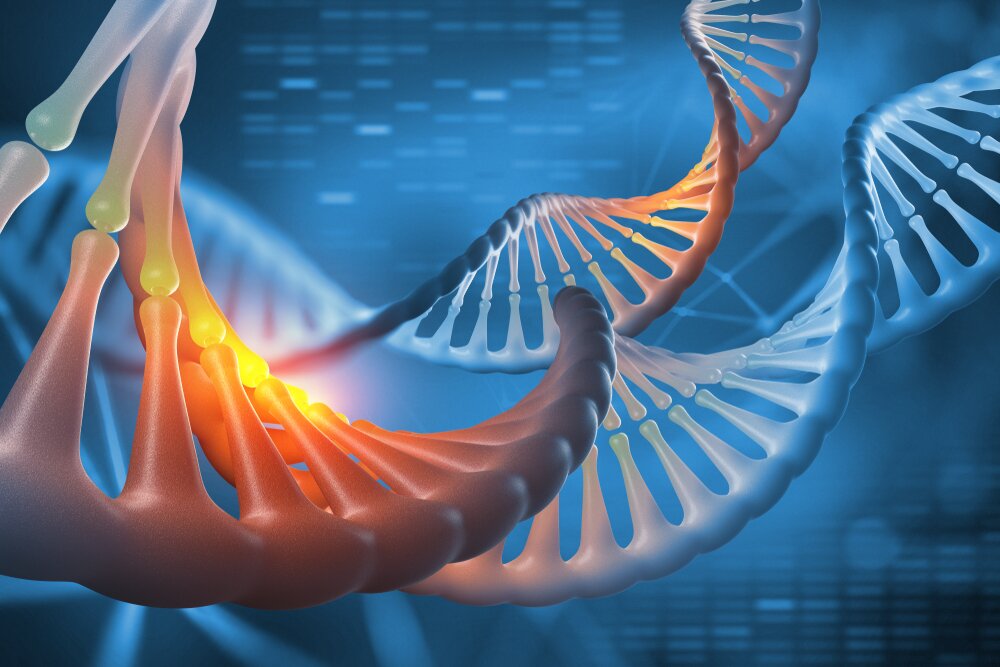On the 29th of April 2011, we saw fresh blood entering the British royal family. This was an exciting time for everyone involved as it meant that there was going to be possible new heirs to the throne.
Now, any British geneticist would have been thinking: will there be any new royal genetic diseases formed thanks to this union?
We’re all aware by now of the shocking stories the royal bloodline has been involved in previously in history. To bring you up to speed, Queen Victoria was a victim of an unlucky mutation. Enter your text here...

Queen Victoria’s Factor IX gene passed on X-linked Haemophilia B to her male descendants. This odd loss-of-function mutation was not a nice addition to her family.
This mutation was only proved in 2009 when geneticists sequenced the bones of the murdered Romanov branch. The most recent descendants of Queen Victoria seem to have got away from this mutation, luckily enough.
It is completely undetectable in female descendants and of course, does not apply to William thankfully.
Charles II of Spain suffered from a bad case of Habsburg jaw. This was a result of heavy inbreeding. This was a common practice back then which we mostly shudder at the thought of these days.
Keeping on the theme of inbreeding, the press had been digging into both William and Kate’s ancestry to find their closest common ancestor.
Channel Four found both a fourteen and fifteenth cousinship however, the Daily Mail uncovered the eleventh cousinship. You may think that this is very far down the line, and it is.
Marrying someone with an eleventh cousinship in common is popular for the royal family. Charles and Diana were eleventh cousins whilst the Queen and Prince Philip were a much more royally-appropriate 2nd cousins once removed.
When it comes to eleventh cousins, they share approximately 60-parts-per-billion of DNA or roughly 180bp.
The average person carries around 10 recessive diseases which give Kate and Will’s children a 1 in 1.6 million chance of developing a royal disease due to sharing DNA. So, all in all, it’s not very likely to happen.
Eleventh cousins really mean nothing when it comes down to how related Kate and William are. It can be quite controversial to some royalists that Kate and William aren’t more closely linked.
However, breaking the inbreeding patterns that the royal family has tended to adhere to in the past, is quite something!
It was found that many couples from the UK are, on average, genetically related as sixth cousins. This was a study carried out on inbreeding in European populations. It mainly focused its findings on the Scottish population and in children of one Orcadian and non-Orcadian.
So, this study did leave out the English. But, we would be shocked to find that the English resulted in anything different from what the study concluded anyway.
Sixth cousins share roughly about 0.006% of their DNA which means that around 0.06% have a chance of carrying a genetic disease.
In regards to William and Kate, they are less related to each other than the average UK couple. This lets us know that their offspring are much less likely to suffer from any kind of genetic disease.
William and Kate, if you’re reading this, you can now sleep at night thanks to us. You are welcome!
